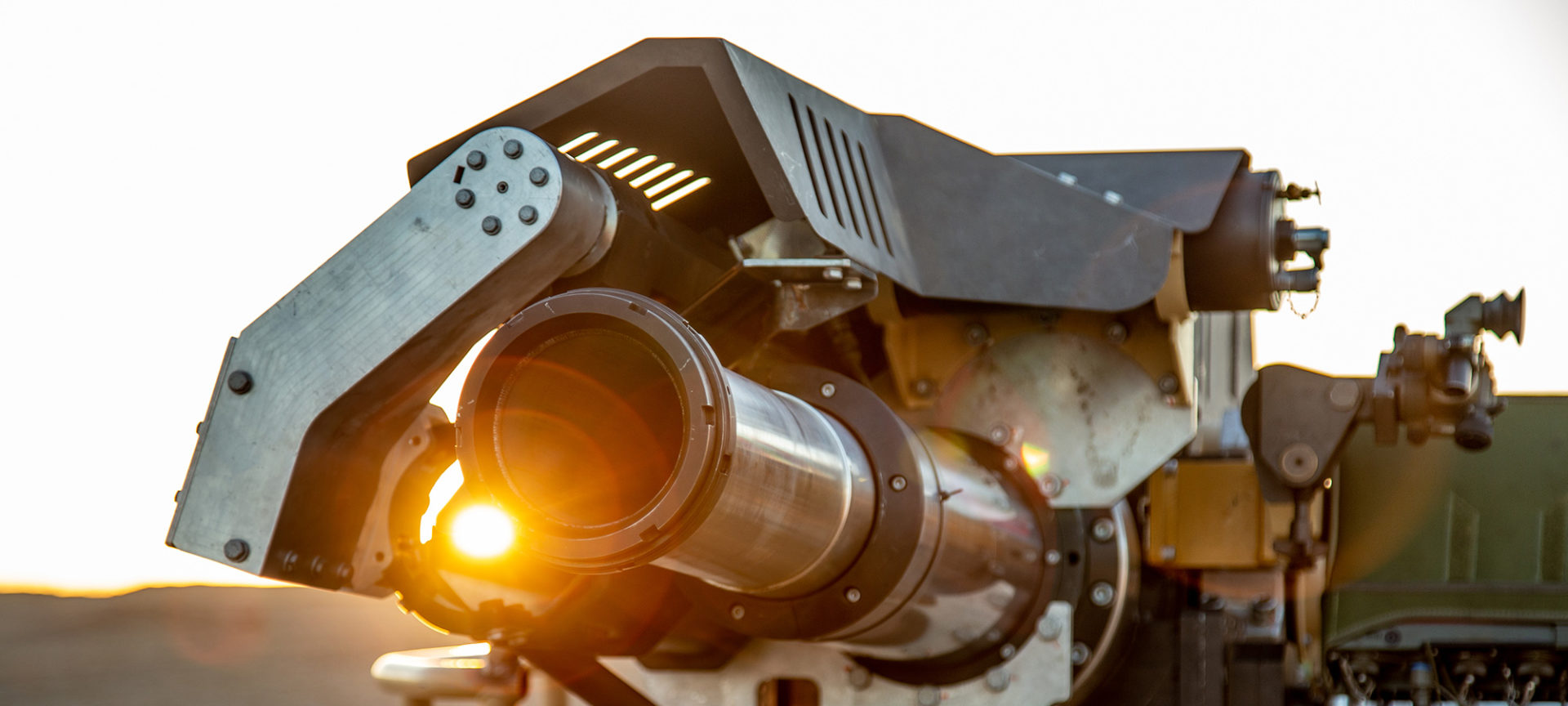Muzzle velocity measurements: Mortars
Weibel’s muzzle velocity radars are highly suited for use with mortar systems.

Weibel’s muzzle velocity radars are highly suited for use with mortar systems
The technology and features are identical with the radar systems designed for artillery systems. The ability to accurately measure and analyze muzzle velocity in real-time is critical when firing heavy mortars. In fact, muzzle velocity data is as important as meteorological data and projectile characteristics to ensure the best possible firing accuracy, accounting for up to 50 percent of the error budget in heavy mortar shooting.
Several factors can affect a round’s muzzle velocity, including weapon conditions, tube tolerance, ammunition lot variance, propellant conditions, crew performance, recoil system conditions and deployment. It is pivotal to compensate for these factors to achieve the desired accuracy by adjusting the mortar’s settings based on the actual muzzle velocity.

Danish Army Cardom 10 heavy mortar system on Piranha V.
This has very real performance results. It reduces collateral damage in complex battle scenarios when firing indirect weapons and the desired effect is achieved faster and with fewer rounds. This is important in “shoot and scoot” missions to maximize survivability, and it helps to reduce the total costs of operation. Effectively controlling the muzzle velocity gives you a better opportunity to achieve satisfactory results in both of these parameters.
Through features such as self-calibration and active motion compensation technologies, our muzzle velocity radars set the global standard for measurements of modern mortars with minimum maintenance and logistic requirements.
Our muzzle velocity radar is a straightforward, single-unit add-on to your weapon system. The system consists of an antenna with an integrated processor and an optional display unit placed near the gunner or mortar commander.
Internationally proven
Weibel has delivered more than 4,000 tactical muzzle velocity radars in 30 countries. Our family of tactical radars, based on Doppler X-band technology, accurately measure the muzzle velocity in artillery systems.
Muzzle velocity is calculated using Fast Fourier Transform (FFT) and digital signal processing,
ranging from 30 to 3,000 meters per second.
The antenna unit contains all necessary electronics and an acoustic trigger. Its trigger and Doppler signals are digitized by the processor unit and stored for digital analysis immediately after recording. Its advanced trigger detection ensures correct operation, even when different nearby weapons are fired at the same time.
The result is visible to the Fire Control computer or on the optional display unit less than two seconds after fire.
Seamless integration
The Weibel muzzle velocity radar interfaces to a wide range of fire control systems through a simple serial or ethernet based interface, depending on the model. The data can also be manually calculated.
All of our muzzle velocity radar systems are qualified and accepted in accordance to STANAG 4114, meaning they meet all the required standards for use with NATO’s weapons systems.
Self-calibrationand variable frequency
Our radars are available with an optional self-calibration feature. With this, there is no need to take the weapon system out of service for calibration and check-outs. It remains installed on the mortar for the duration of its service life, reducing maintenance and logistics costs.
They are also available with variable transmitting frequencies, allowing up to 13 different frequencies.
Motion compensation
Because the radar is mounted on the mortar itself, it is exposed to the gun jump and moves with the gun. It can therefore measure the sum of the projectile velocity and the gun jump, reducing errors in the reported muzzle velocity and increasing the precision of the weapon.
Our radar systems can be integrated with autonomous heavy mortar systems with automatic laying.
